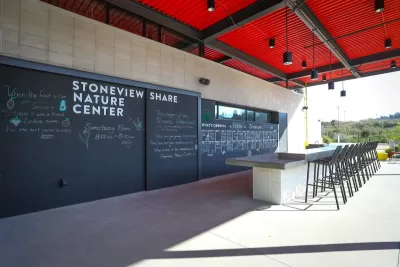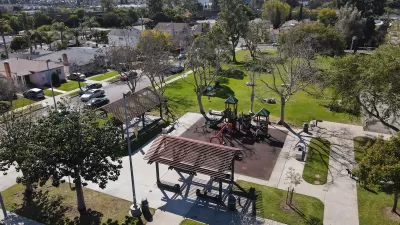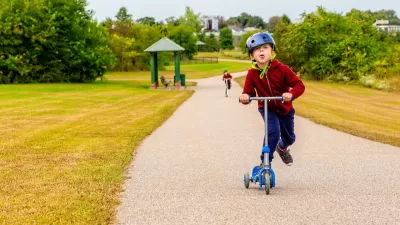Los Angeles County's Department of Parks and Recreation actively engages the public through diverse methods to ensure parks and recreation programming align with community needs and priorities.

Los Angeles County's Department of Parks and Recreation (DPR) is dedicated to involving the community and incorporating public input in decision-making to improve parks, recreational programming, and quality of life across the county. DPR employs a range of methods to gather public input and ensure transparency in its planning processes. As an agency managing a wide variety of parks and recreational facilities, DPR recognizes the importance of community input in shaping park projects and recreation programs that reflect local needs and priorities.
DPR is guided by a comprehensive strategic plan, developed through extensive community engagement, with goals focused on equity, resource stewardship, and community connection. The plan outlines key initiatives to increase park accessibility, support public health, and foster inclusivity, with a specific focus on underserved communities. Annual public meetings, first held in 2023, provided an opportunity for residents to voice priorities, resulting in budget recommendations for park safety and expanded programming, directly reflecting community feedback.
This regular engagement strengthens community trust, fosters a sense of ownership, and informs DPR’s resource allocation, ensuring that parks and recreation spaces meet the diverse and growing needs of L.A. County. Additionally, by involving community members in creative planning processes, DPR taps into collective insights, promoting innovative approaches to park management that foster a vibrant and sustainable public space network for generations.
FULL STORY: Connecting With Communities

Study: Maui’s Plan to Convert Vacation Rentals to Long-Term Housing Could Cause Nearly $1 Billion Economic Loss
The plan would reduce visitor accommodation by 25,% resulting in 1,900 jobs lost.

North Texas Transit Leaders Tout Benefits of TOD for Growing Region
At a summit focused on transit-oriented development, policymakers discussed how North Texas’ expanded light rail system can serve as a tool for economic growth.

Why Should We Subsidize Public Transportation?
Many public transit agencies face financial stress due to rising costs, declining fare revenue, and declining subsidies. Transit advocates must provide a strong business case for increasing public transit funding.

How to Make US Trains Faster
Changes to boarding platforms and a switch to electric trains could improve U.S. passenger rail service without the added cost of high-speed rail.

Columbia’s Revitalized ‘Loop’ Is a Hub for Local Entrepreneurs
A focus on small businesses is helping a commercial corridor in Columbia, Missouri thrive.

Invasive Insect Threatens Minnesota’s Ash Forests
The Emerald Ash Borer is a rapidly spreading invasive pest threatening Minnesota’s ash trees, and homeowners are encouraged to plant diverse replacement species, avoid moving ash firewood, and monitor for signs of infestation.
Urban Design for Planners 1: Software Tools
This six-course series explores essential urban design concepts using open source software and equips planners with the tools they need to participate fully in the urban design process.
Planning for Universal Design
Learn the tools for implementing Universal Design in planning regulations.
City of Santa Clarita
Ascent Environmental
Institute for Housing and Urban Development Studies (IHS)
City of Grandview
Harvard GSD Executive Education
Toledo-Lucas County Plan Commissions
Salt Lake City
NYU Wagner Graduate School of Public Service





























